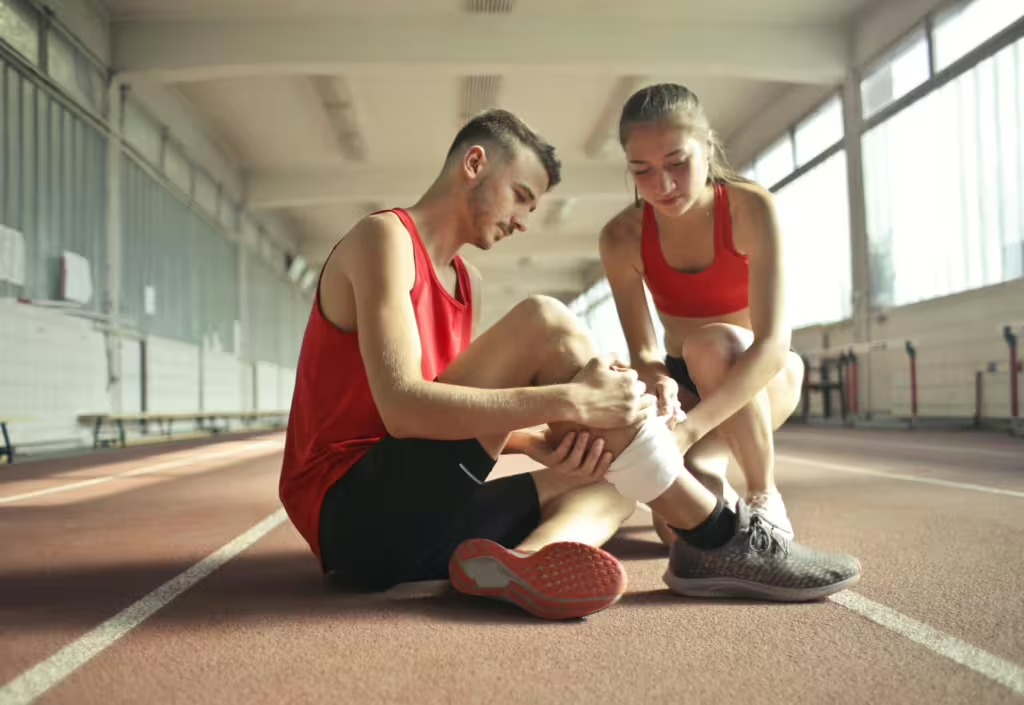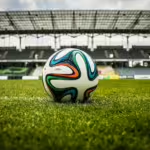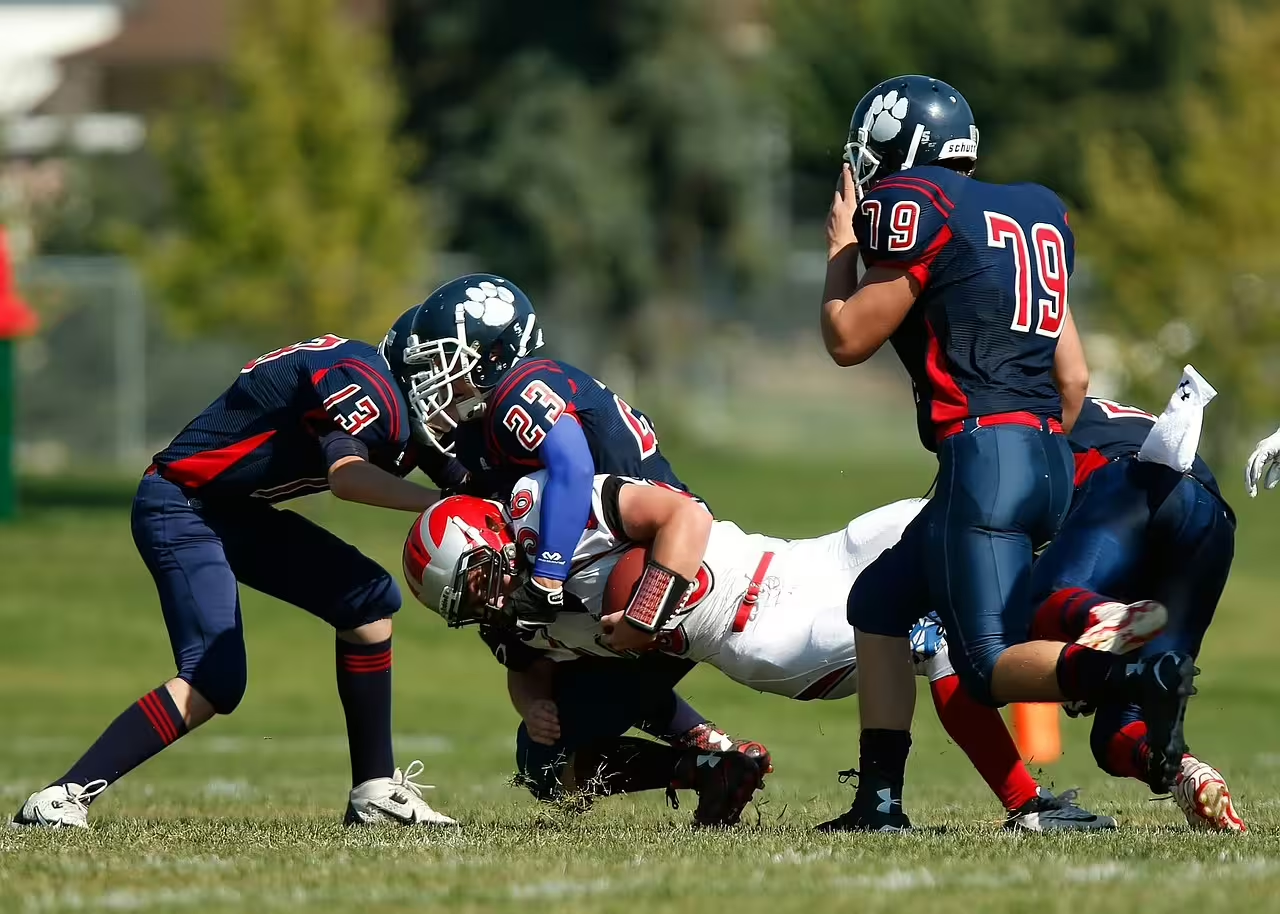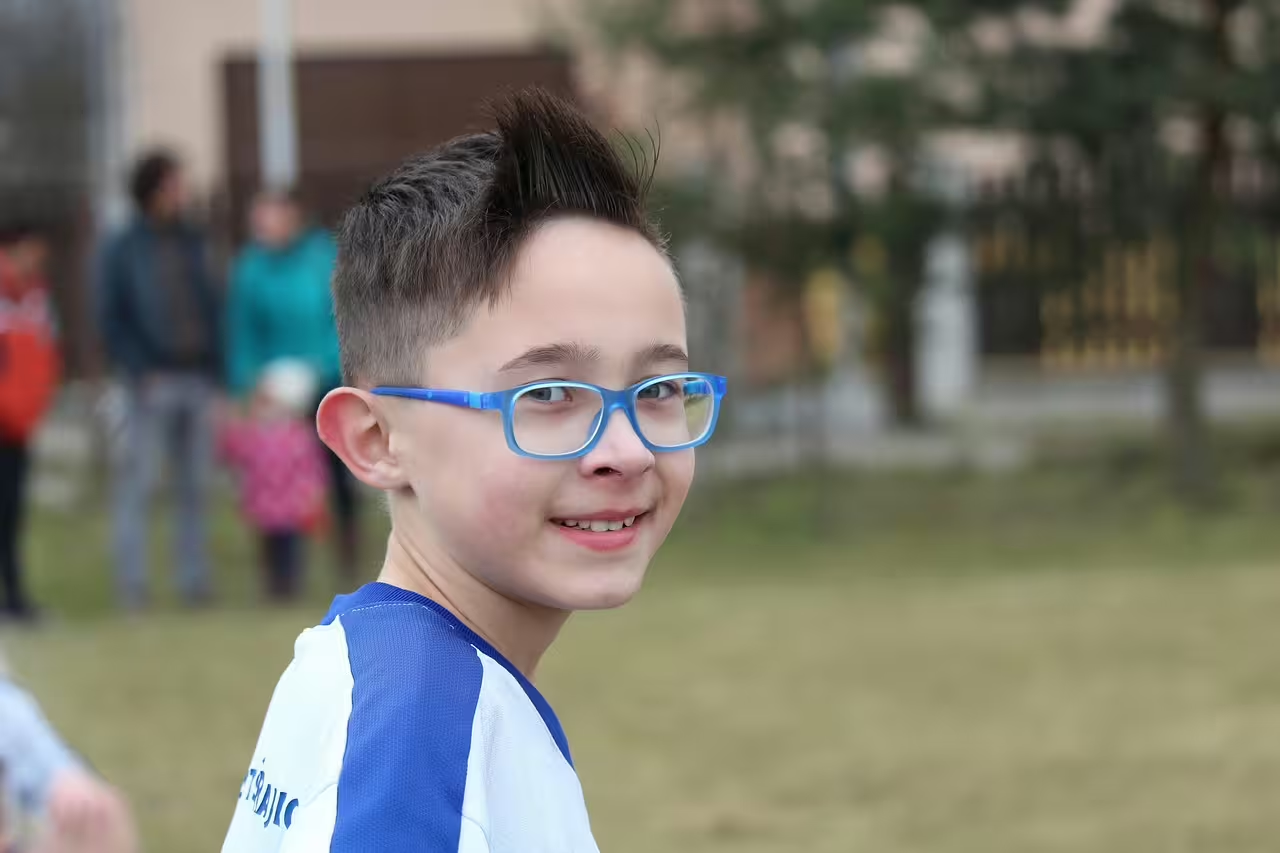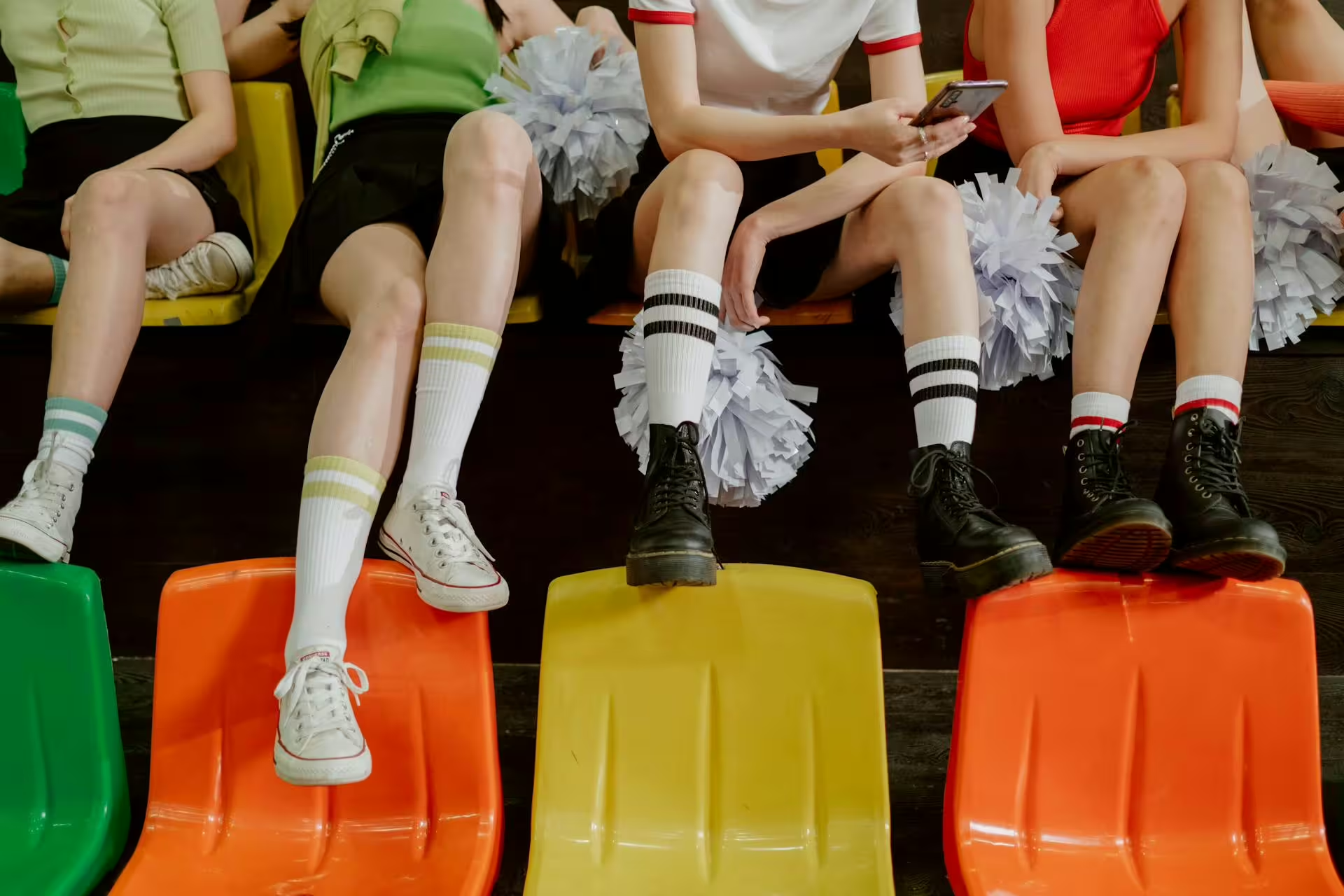We all know that sports are a fantastic way for kids to have fun, make friends, stay healthy, and build healthy patterns of behavior, but are they safe? We would be wrong to assume that there are no worry worts among the parents out there; folks who, despite their interest in seeing their kids involved in youth sports, have some misgivings about how safe those sports are.
We’ve featured some sports here on Cultured Athlete that seem predisposed to be dangerous in some way. Many people make assumptions and raise safety concerns about sports like rugby, martial arts, ice hockey, field hockey, and American football. However, most of these assumptions are somewhat wrong-headed. The truth is, just like in any activity, injuries can happen, but that does not make them a foregone conclusion. What’s most it’s important is teaching young athletes how to stay safe and keep themselves healthy while enjoying their favorite sports; that’s where parents come in.
In this article, we will discuss some simple and important ways for kids to avoid injuries in sports. We will explore safety tips that cover the importance of warm-ups, staying hydrated, wearing the right protective gear, and listening to one’s own body. By teaching your kids to follow these tips, you can help them enjoy sports safely and keep playing for years to come.
Warm Up and Cool Down: Get Your Body Ready
Any pro player, coach, or career athlete will tell you that making sure your body is ready for sports is the very first step in staying safe. It isn’t just starting out right though, safety in sports is also about finishing on the right note. Warming up before you play and cooling down afterwards are both key facets of sports safety.When we take time to warm up, we are preparing our muscles to be ready for action. By taking a moment to stretch our muscles, prep our breathing, and calm our thoughts, we can successfully help prevent strains, sprains, and other injuries during the game. Meanwhile, cooling down after physical activity helps your body to recover.
Why Warming Up Is Important
Before playing any sport, we meed to make sure that our body transitions from a resting state to an active one. According to the CDC, moderate aerobic activity is anything that causes you to breathe faster, work up a sweat, or essentially raise your hear rate. This is what we mean by an active state. But preparing to raise one’s heart rate up is a process all it’s own. It entails everything from stretching our muscles to doing deep-breathing exercises. A good warm-up improves one’s flexibility and reduces the chance of injury by preparing the muscles, tendons, and joints for impending physical activity.
Examples of Warm-Up Exercises
- Jogging or light cardio (e.g., jumping jacks or high knees): This is one of the best ways to warm up before a workout, but don’t go full-bore right from the get-go. Teach kids to start slow, jogging lightly, and then to gradually increase their pace to raise their heart rate and get the blood flowing.
- Dynamic stretches: These types of stretches help loosen up muscles and joints. Kids can try leg swings, arm circles, or torso twists to get themselves ready for an afternoon of sport.
- Sport-specific movements: These will vary from sport to sport, and most coaches will already be well-equipped with the specific warm up movements their players will need for the game ahead. One example has to do with soccer. To start out, kids can try to practice dribbling or passing the ball lightly. Basketball warm ups might also involve dribbling, though by using a different method, entirely. Basketball players might also try doing some free throws and shooting baskets to re-up needed skills and get muscle memory working.
Cooling Down After Playing
We all know how important warming up is, but by the time the game is over and the sweat is pouring down, very few of us take the time to cool down. Cooling down after sports is equally essential because it helps our bodies return to their normal resting state and reduces muscle soreness. A proper cool down session can also help prevent injuries and allow muscles to relax after intense physical activity.
Examples of Cool-Down Exercises
- Gentle jogging or walking: Once the run is done, have kids take a brisk walk that turns into a slower stroll. The trick is to show kids how to slow down their pace gradually.
- Static stretches: When cooling down, kids should hold stretches for about 15-30 seconds to lengthen their muscles and help them recover. Remind them to stretch their hamstrings, quadriceps, calves, and arms.
Stay Hydrated: Drink Water Before, During, and After Sports
In just about every article we have ever published on this website, we have spoken about the importance of hydration when it pertains to youth sports, yet nowhere is that information more pertinent than in this discussion of safety. Most parents don’t realize that hydration is such a big part of staying safe in sports; not just for their kids, but for themselves. The sad fact is, despite how much information we have on its overall importance, no one drinks enough water these days, not kids and certainly not adults.
When we play sports, our bodies sweat in order to cool down. This sweat takes away any waste products our bodies are trying to process at the time, but it also takes away important fluids and electrolytes like sodium and potassium. If your kid is playing sports and doesn’t drink enough water, they could get dehydrated, which can lead to host of physical problems such as muscle cramps, dizziness, or even heat exhaustion.
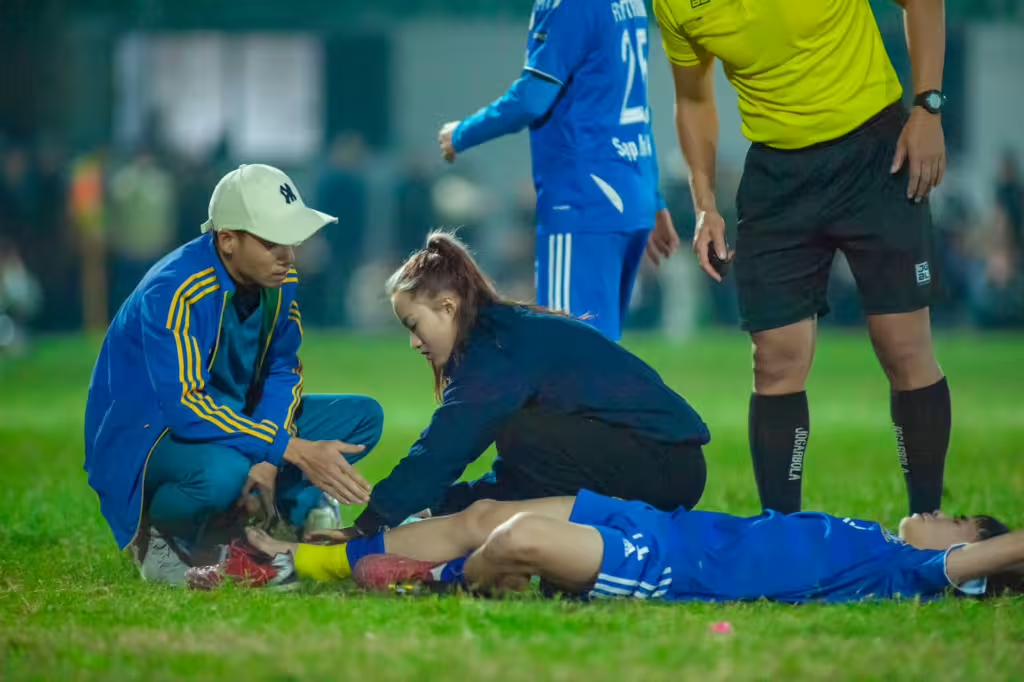
Why Hydration Matters
Water is essential for our bodies to work properly. This is even more important when we are active, because our bodies needs even more water to perform at their best. Dehydration can affect a child’s energy levels, focus, and their performance in sports. Drinking water helps the body stay cool and energized while playing.
How to Stay Hydrated
- Drink water before you play: Always have a water bottle handy for your child and make sure they drink at least 8-10 ounces of water about 30 minutes before you start playing.
- Drink during the game: Tell your kids to make time for short breaks to drink water every 15-20 minutes, especially if they are playing in hot weather.
- Drink after playing: Once the activity is over, remind your child to drink more water to help replace what they have lost through sweat.
Signs You’re Not Drinking Enough
If your child says they are feeling thirsty, appears tired, dizzy, or lightheaded in any way, be wary; these are signs that they probably need more water. Teach kids to be aware of these signs themselves and to always listen to their body and drink water regularly to stay energized and avoid dehydration.
Wear the Right Protective Gear
Not all sports require pads and helmets in order for kids to play them properly, but even for those that necessitate minimum safety gear, wearing the proper protective gear is essential for staying safe in sports. Whether your child is playing football, cycling, or skiing, the right equipment can protect them from getting hurt. Parents, make sure you know what gear your kid is going to need for their sport ahead of time and that they have it available before games and practices. Also ensure that all of it fits properly. Eventually, your child should be responsible for remembering their own equipment, but it’s good to start them out by showing them good habits
Why Protective Gear Matters
As we said earlier, some sports can get pretty physical and some of them can be a little risky, especially if your kid has a particular penchant for contact sports or activities with fast-moving equipment like balls, bikes, or skateboards. Protective gear helps reduce the risk of injury by providing protection for vulnerable areas of a person’s body, such as the head, knees, and elbows.
Examples of Protective Gear
- Helmets: Wearing a helmet is extremely important for many sports, especially cycling, football, or skateboarding. Helmets protect a player’s head and brain from serious injuries like concussions.
- Knee and Elbow Pads: In sports like rollerblading, skateboarding, or biking, knee and elbow pads can help young skaters avoid unnecessary cuts, scrapes, and broken bones.
- Mouthguards: In contact sports like football or hockey, mouthguards protect a child’s teeth and gums from injuries caused by accidental hits. Sure, most of those teeth are ok to come out eventually anyway, but once they hit their teens, you want to make sure you preserve the chompers.
- Shin Guards: Soccer players wear shin guards to protect their shins from the hard kicks or tackles that accompany playing across the pitch.
- Proper Footwear: Some sports like gymnastics actually eschew footwear at all, but almost all other major sports need some kind of specialized shoe. Waring the right shoes for the sport your child plays is crucial. Soccer shoes have cleats for traction, running shoes are cushioned for comfort, and basketball shoes provide needed ankle support.
Check Your Gear Regularly
Make sure that that you are keeping a close eye on your child’s protective gear. All gear should be in good condition and fit well. Worn-out helmets, cracked pads, tight gear, or loose shoes can be dangerous and won’t protect your child properly as they play. Always check each piece of gear before playing and replace it when it gets damaged. Believe us, it’s better than paying for ER visits!
Listen to Your Body: Know When to Rest
One of the most important safety tips in sports is learning to listen to the needs and signals of one’s own body. Kid’s don’t always understand this point, because they often have an inexhaustible amount of energy, but sometimes, pushing oneself too hard can lead to injuries. Remind your child that if they are feeling pain, dizziness, or extreme fatigue, it’s important that they stop, take a breath, and rest. Resting when we need to helps our body to recover and prevents more serious injuries.
Why Rest Is Important
Our muscles, tendons, and ligaments need time to recover after intense physical activity. If we don’t give our bodies the rest they need, we could end up with an overuse injury, such as tendonitis or stress fractures. This is why it’s so important to take breaks and get enough sleep; doing so allows the body to repair and rebuild stronger muscles.
Signs That You Need Rest
- Pain: If your kid feels any pain while playing or afterward, it could be a clear a sign that something might be wrong. Remind your child that it’s ok to stop and assess damage and to never try to play through the pain.
- Fatigue: If it seems like your child is feeling tired or sluggish, it’s a good idea for them to take a rest. Young bodies needs energy to perform well, and rest helps kids to recharge.
- Dizziness or Nausea: If your child feels dizzy, lightheaded, or nauseous, tell them to stop playing immediately and call an adult. One of the first things they should do is hydrate after that, because these could be signs of dehydration or heat exhaustion.
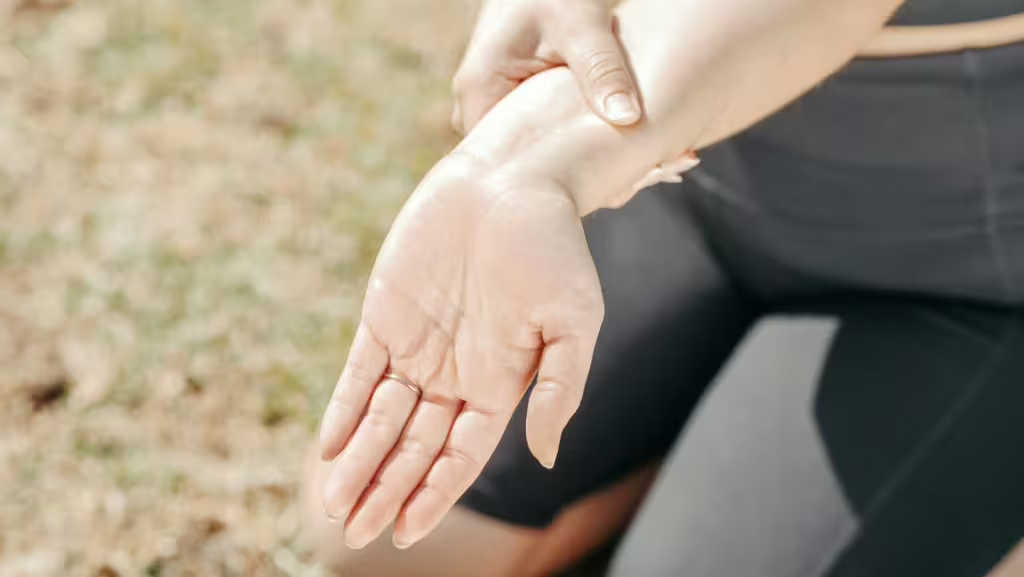
Resting and Recovering
These days, neither kids or parents get enough sleep. But it is essential that we, as parents, make sure that our young athletes get plenty of sleep at night to help their bodies recover. Most kids need between 8 and 13 hours of sleep a night to be in good health.
Be Aware of Your Surroundings
Last, but certainly not least, it’s important for kids to always be aware of their surroundings as they play. Whether they are playing on a field, court, or track, have a look around to ensure the area is safe, then have them do the same. Teach them to watch out for things like uneven ground, obstacles, or other players who might be looking a bit too aggressive.
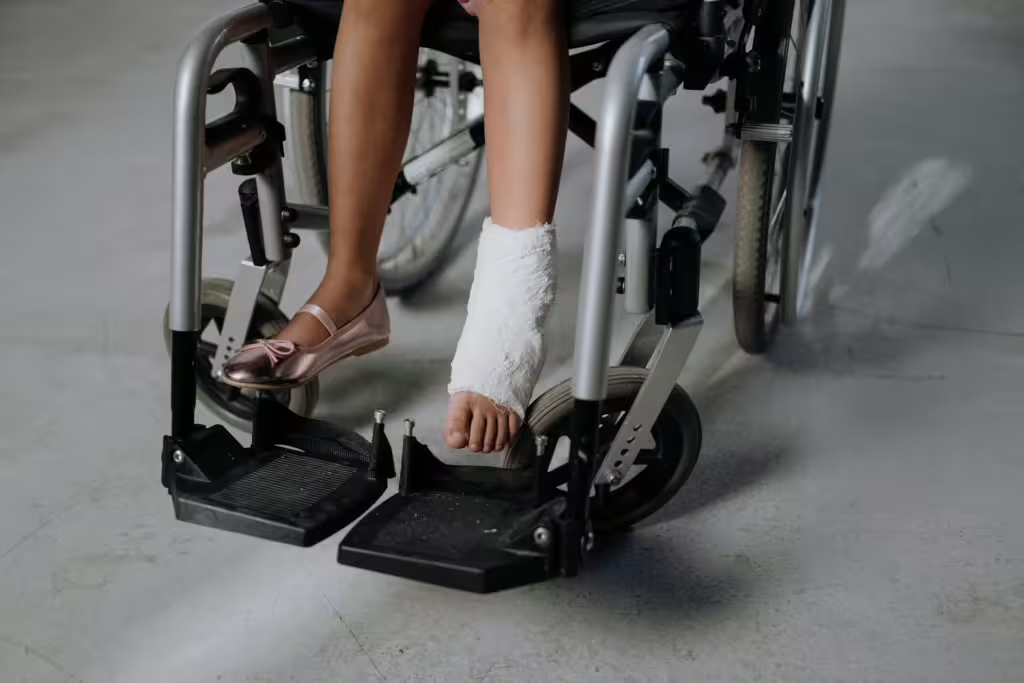
Cultured Athlete Says…
As you can see, playing sports is an exciting and rewarding way to stay active and healthy, but it is not without its perils. Nevertheless, by following these safety tips and imparting them to your children, you can reduce the risk of injury. That way, your kids can keep playing the sports they love without u having. towrap them in bubble paper prior to every game. As always, have fun and stay safe!
Discover more from CulturedAthlete
Subscribe to get the latest posts sent to your email.

